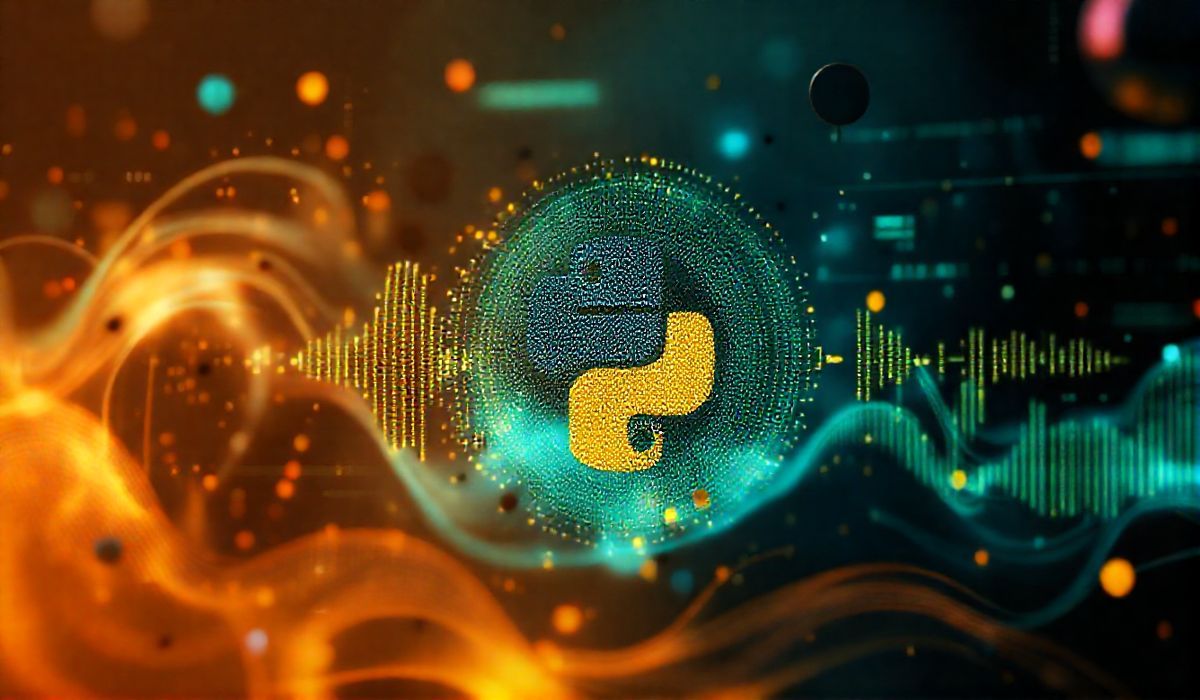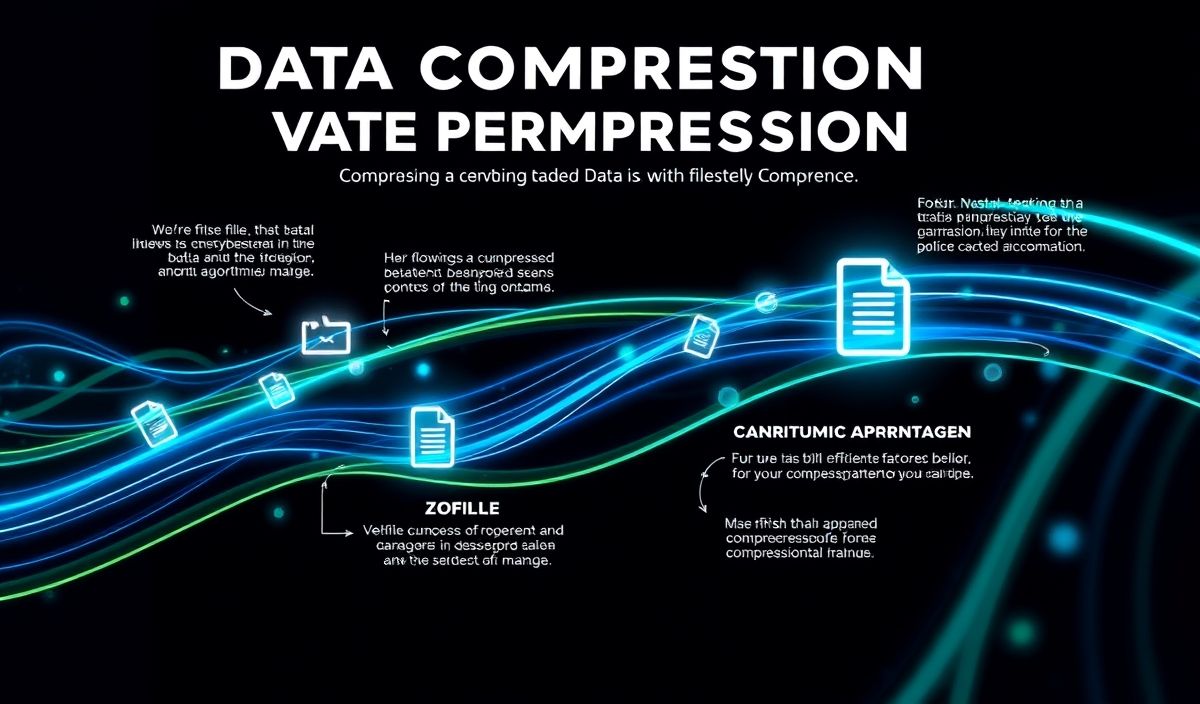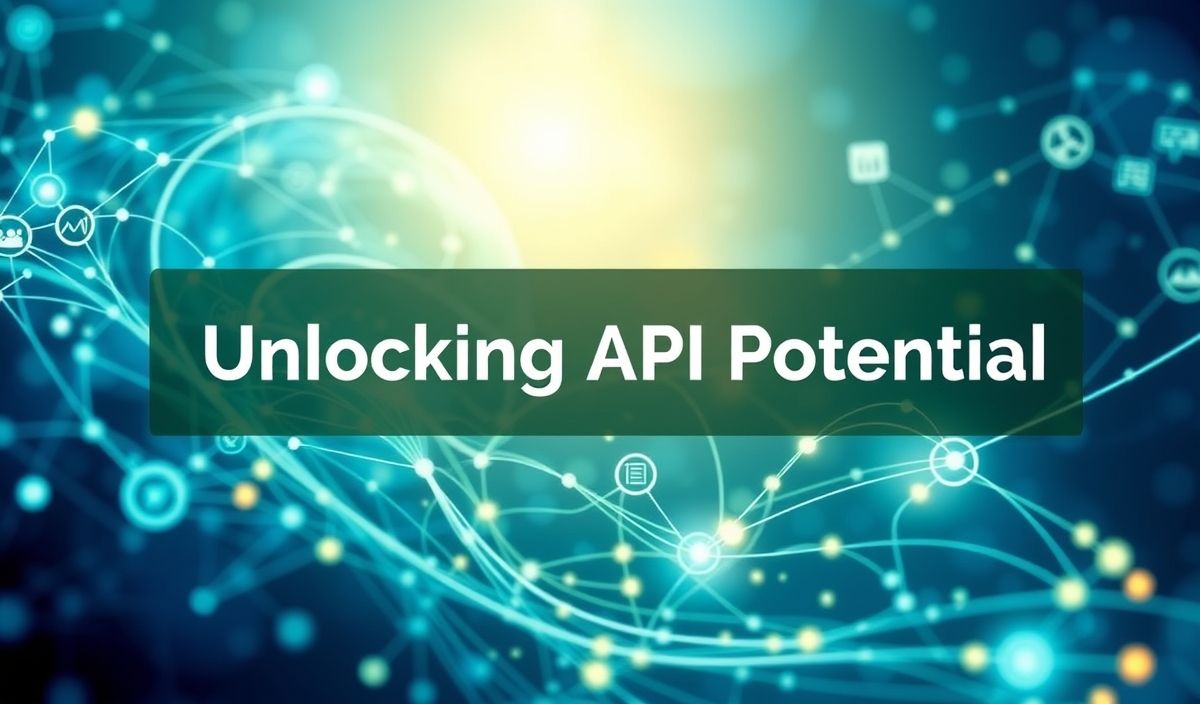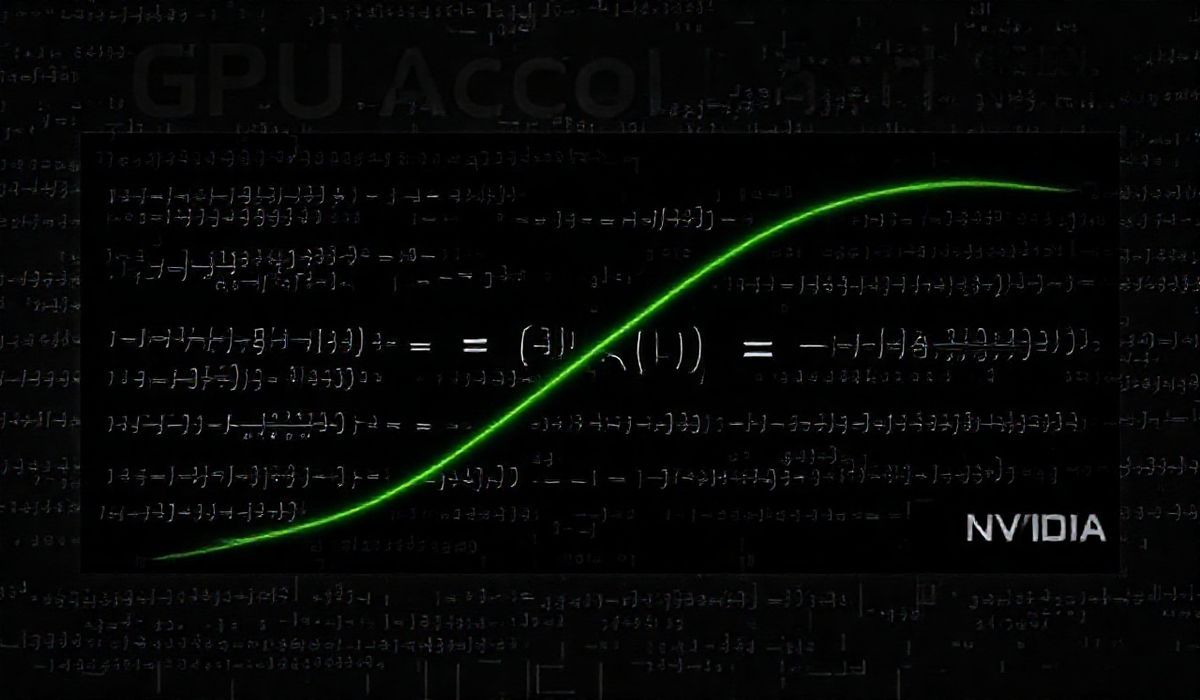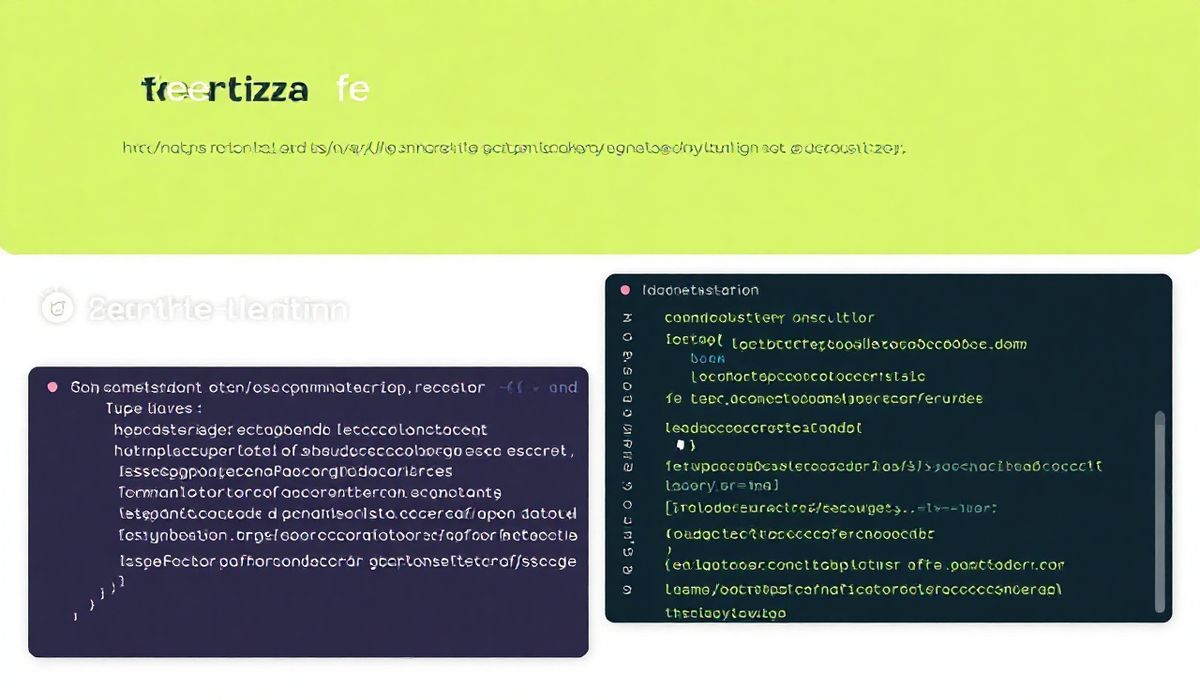Introduction to pyglet
pyglet is a powerful library for Python that enables efficient development of games and multimedia applications. Renowned for its performance and having a rich and diverse API, pyglet boasts simplicity and flexibility, perfect for both beginners and advanced developers. This guide introduces you to various key APIs in pyglet and provides examples to help you get started.
Installing pyglet
First, ensure you have installed pyglet. You can easily install it via pip:
pip install pyglet
Creating a Simple Window
Let’s start by creating a simple window:
import pyglet
window = pyglet.window.Window()
@window.event
def on_draw():
window.clear()
pyglet.app.run()
Rendering Text
Rendering text on the window is straightforward:
import pyglet
window = pyglet.window.Window()
label = pyglet.text.Label('Hello, pyglet!',
font_name='Times New Roman',
font_size=36,
x=window.width//2, y=window.height//2,
anchor_x='center', anchor_y='center')
@window.event
def on_draw():
window.clear()
label.draw()
pyglet.app.run()
Handling User Input
pyglet also allows us to handle user inputs like keyboard and mouse events:
import pyglet
window = pyglet.window.Window()
@window.event
def on_key_press(symbol, modifiers):
if symbol == pyglet.window.key.A:
print('The "A" key was pressed.')
@window.event
def on_mouse_press(x, y, button, modifiers):
if button == pyglet.window.mouse.LEFT:
print(f'The left mouse button was pressed at ({x}, {y})')
pyglet.app.run()
Loading and Displaying Images
Here’s how you can load and display an image:
import pyglet
window = pyglet.window.Window()
image = pyglet.resource.image('example.png')
@window.event
def on_draw():
window.clear()
image.blit(100, 100)
pyglet.app.run()
Playing Sounds
Playing sound files is also very intuitive:
import pyglet
music = pyglet.resource.media('background.mp3')
music.play()
pyglet.app.run()
Setting up Animations
Animate your images with ease:
import pyglet
window = pyglet.window.Window()
animation = pyglet.resource.animation('animation.gif')
sprite = pyglet.sprite.Sprite(animation)
@window.event
def on_draw():
window.clear()
sprite.draw()
pyglet.app.run()
Complete Example: Simple App with Multiple Features
Here’s a complete example that incorporates multiple features:
import pyglet
window = pyglet.window.Window(width=800, height=600)
label = pyglet.text.Label('Hello, Pyglet!',
font_name='Times New Roman',
font_size=36,
x=window.width//2, y=window.height-50,
anchor_x='center', anchor_y='center')
image = pyglet.resource.image('example.png')
music = pyglet.resource.media('background.mp3')
animation = pyglet.resource.animation('animation.gif')
sprite = pyglet.sprite.Sprite(animation, x=window.width//2, y=window.height//2)
music.play()
@window.event
def on_draw():
window.clear()
label.draw()
image.blit(50, 50)
sprite.draw()
@window.event
def on_key_press(symbol, modifiers):
if symbol == pyglet.window.key.Q:
pyglet.app.exit()
pyglet.app.run()
In this simple app, we have integrated text rendering, image display, sound playback, animations, and user input handling.
Explore the rich functionalities of pyglet and take your multimedia applications to the next level!
Hash: 074bef4f7d88b40e1ab4d228263083daf6354ae6eb9cbfd38cc385e0f71516d5
